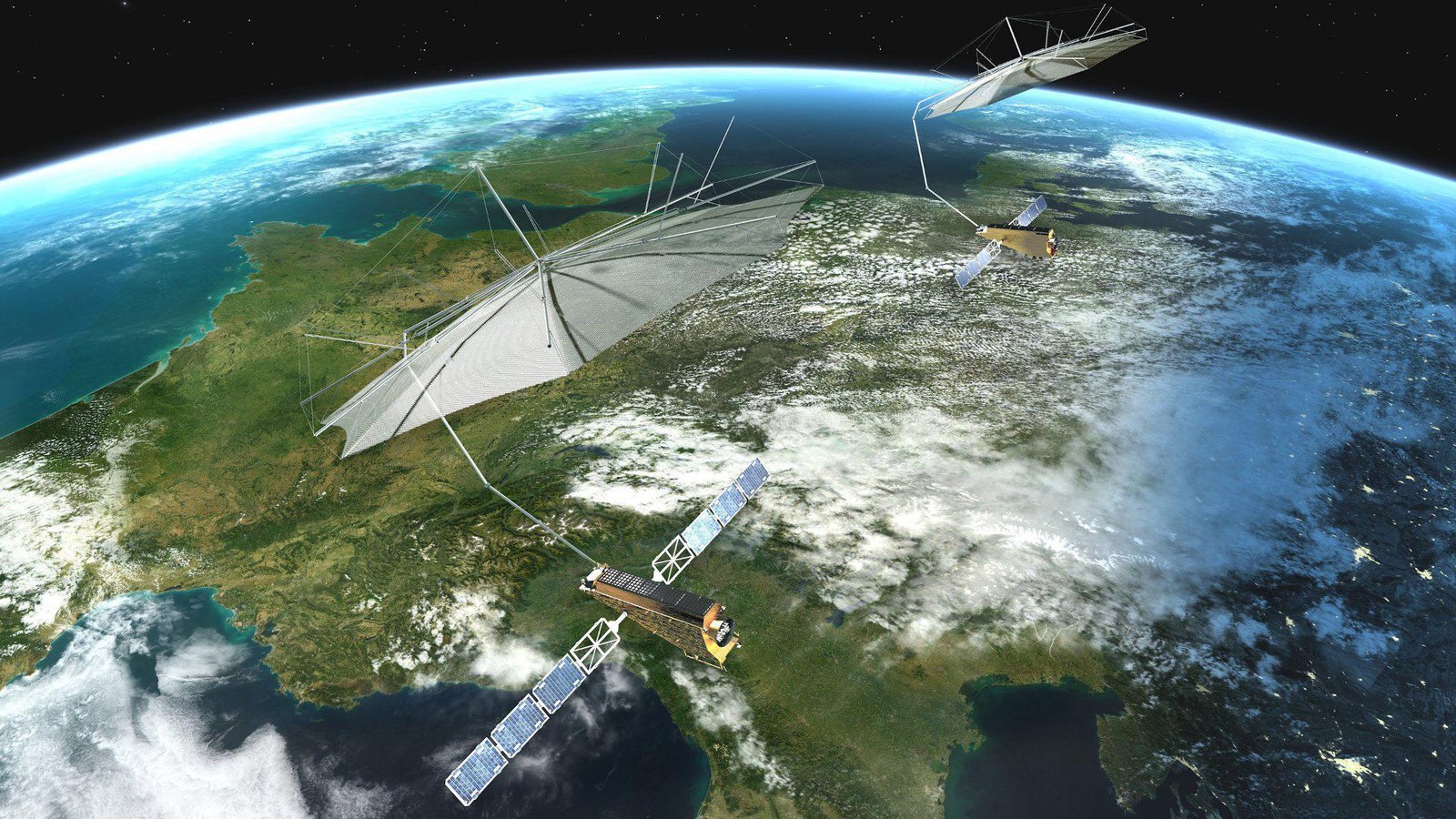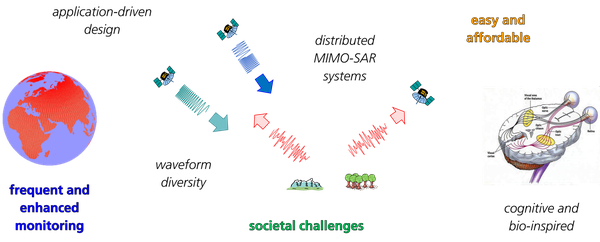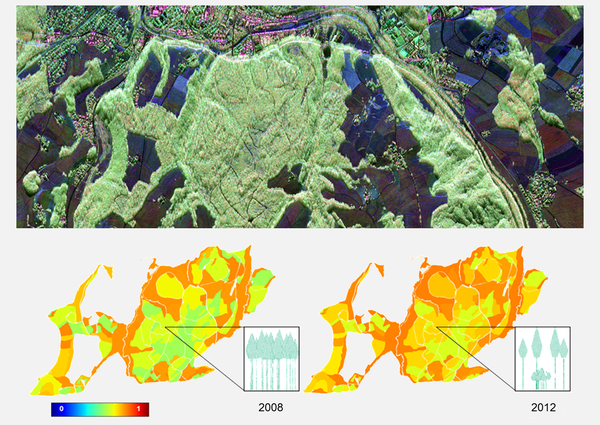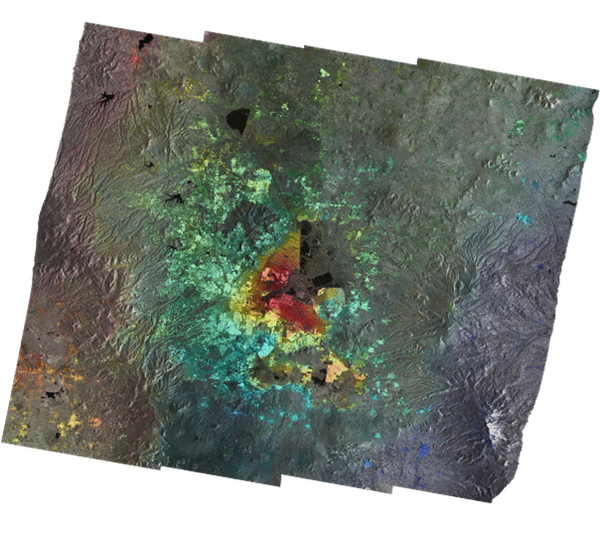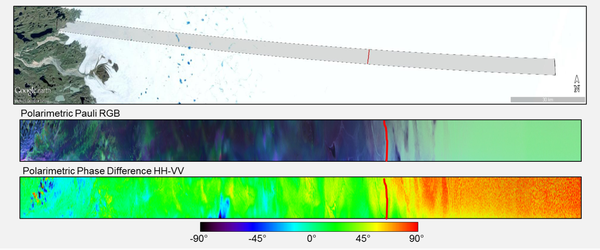NewSpace SAR
The NewSpace SAR group develops disruptive and cost-effective SAR solutions for frequent and enhanced Earth monitoring, based on the exploitation of small satellites, distributed and fractionated concepts, waveform diversity, and cognitive approaches. The group aims at establishing the foundation for an application-driven system design, spreading the on-going NewSpace revolution to SAR remote sensing and posing the basis for future Earth observation missions that will yield remarkable societal benefits. The group continuously interacts with other departments and groups of the Institute, other DLR Institutes, as well as external organizations. The group is involved in studies of the European Space Agency (ESA) and the European Commission (EC), has a research collaboration with the NASA Jet Propulsion Laboratory (JPL), and has recently started a cooperation with the New Zealand Space Agency/University of Auckland. In particular, this cooperation concentrates on research related to the design and the development of a low-cost SmallSats SAR to address dedicated applications of interest for the New Zealand Government, such as the monitoring of fishing vessels and measurement of surface deformations using persistent scatterers.

